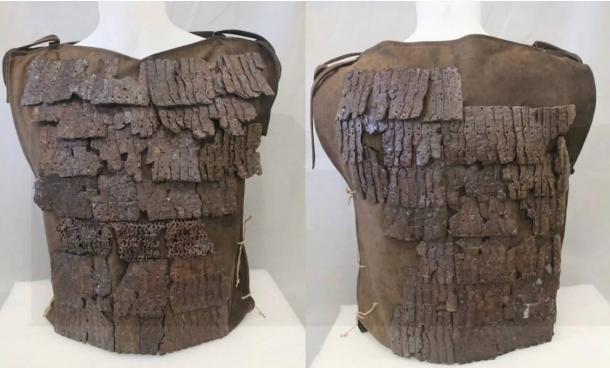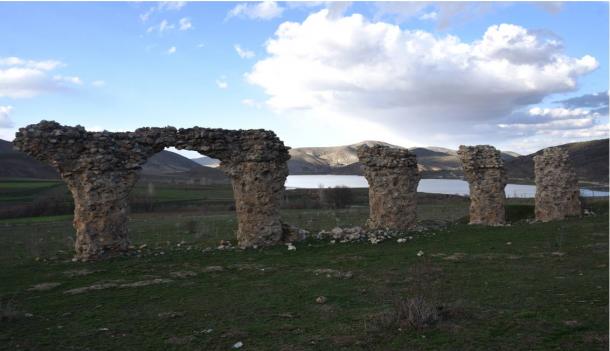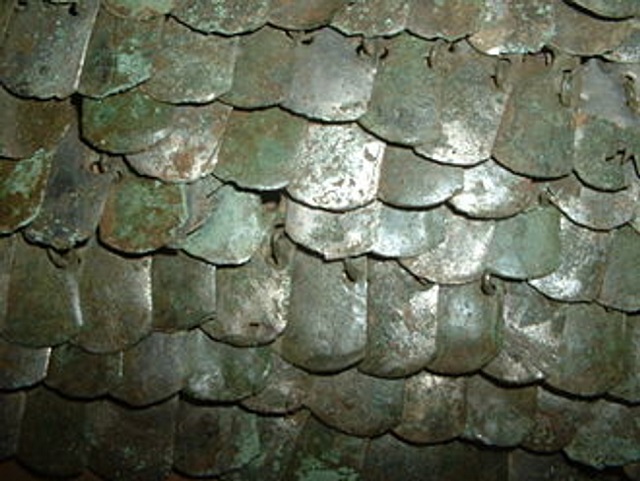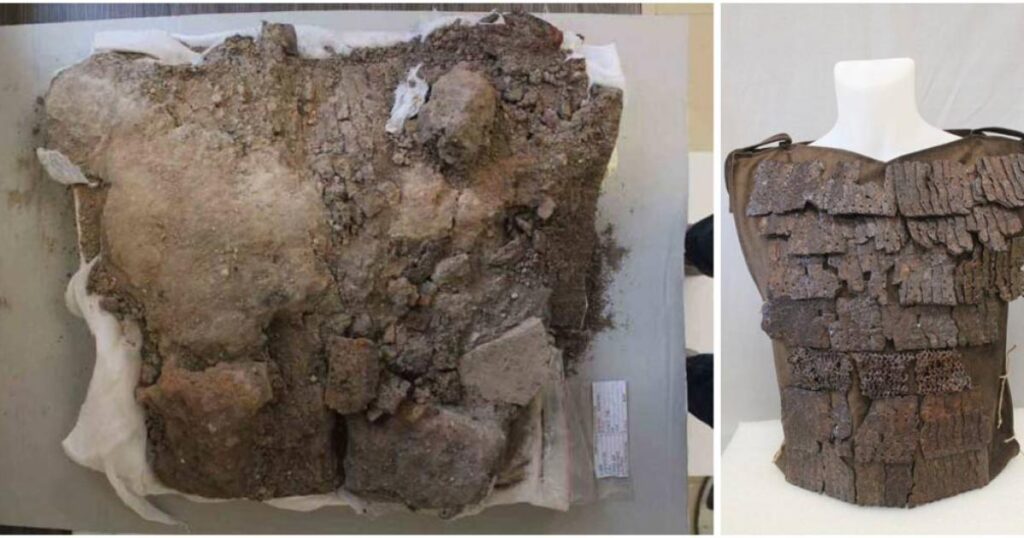In a groundbreaking achievement for historical preservation, the only known example of Roman legionary Lorica Squamata armor, estimated to be around 1500 years old, has been meticulously restored in Turkey. This remarkable piece of military history was unearthed from the ancient site of Satala, located in Gümüşhane, during the 2020 excavation season. The restoration project, spearheaded by Turkey’s Ministry of Culture and Tourism, represents an extraordinary effort to preserve and understand Roman military heritage.
The Journey of Restoration
The armor’s restoration journey began with its discovery, aided by the Ankara Regional Laboratory. After being carefully extracted from the site, the armor was transferred to the Erzurum Regional Restoration and Conservation Laboratory in 2021. At Atatürk University in Erzurum, the armor underwent extensive analyses, including X-rays and tomography, to document its original state while still embedded in soil. These preliminary studies were crucial in developing a comprehensive restoration strategy. According to the Ministry of Culture and Tourism, this piece belongs to the Late Roman Period and is the only discovered example of the Lorica Squamata type. This type of armor, also known as “scale armor,” was predominantly used by higher-ranking Roman soldiers, such as officers, standard-bearers (signifers), musicians, and some cavalry units.
The Technology of Lorica Squamata Armor
The Lorica Squamata differed significantly from the more well-known Lorica Segmentata. While the latter was composed of large, rigid plates, the Lorica Squamata was made from small, overlapping metal scales sewn onto a backing of cloth or leather. Each scale, typically crafted from bronze or iron, featured small holes that allowed attachment with wire or sewing in overlapping rows. This design struck a balance between flexibility and protection, enabling greater freedom of movement for the wearer. However, it also required meticulous maintenance to prevent rust and damage and was relatively heavy compared to other types of armor.
Despite its weight and the high maintenance, the armor’s design offered practicality and longevity. Damaged scales could be replaced individually without discarding the entire piece, making it a sustainable option for Roman soldiers.

The Restoration Process
Initially encrusted with earth, the armor was revealed to be almost intact through X-ray examinations. The restoration process involved micro-CT imaging of three edge plates to determine precise measurements and metallurgical properties. Each plate was carefully cataloged, preserved, and eventually restored to its original form. Over three years of diligent work at the Erzurum Restoration and Conservation Laboratory culminated in reassembling the armor on a mannequin, reflecting its original appearance.

The Rarity of Lorica Squamata
In Roman times, legionary armor was not custom-made for specific individuals but rather repaired and reused as needed. When an armor piece became beyond repair, it was melted down and repurposed. This practice explains why surviving examples of Roman armor, particularly the Lorica Squamata, are exceedingly rare today. The successful restoration of this armor not only preserves a tangible piece of history but also provides invaluable insights into Roman military practices and craftsmanship.

Conclusion
This remarkable achievement underscores the importance of archaeological conservation and the dedication of those who work tirelessly to preserve our shared heritage. The Lorica Squamata armor from Satala now stands as a testament to the ingenuity and resilience of the Roman military, offering a unique glimpse into the past for future generations.
Perspective through video


